The Ultimate Glossary of Hardwood Flooring Terms
IT’S COMMON for property owners to come across a bunch of technical terms when researching their hardwood flooring options. While there’s no great secret behind most of these terms, it’s important for hardwood floor owners to understand what these terms mean so they understand what they’re paying for before they become customers.
As Philadelphia’s hardwood flooring experts, we’ve explained a few hardwood flooring terms you’re likely to come across, so you’re armed with the knowledge you need to make the best decisions for your floors and your homes.
Above Grade
A type of flooring that is installed above ground, requiring at least 18 inches of ventilated space.
Acclimation
Is the ability of hardwood to adjust to its surrounding environment, especially in regards to humidity.
Acrylic-Impregnated Flooring
Is a type of floor that has been coated and injected with a liquid acrylic stain for added durability.
Baseboard
The molding installed at a wall’s base in order to cover parts of the wall and floor.
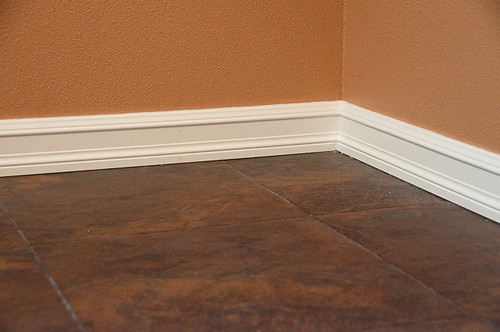
Below Grade
A type of flooring installed below ground level, usually a basement. Solid hardwood generally should not be installed below grade, while engineered hardwood can.
Beveled Edge
A type of edge hardwood can have with a deep “v” shaped groove. It’s usually used to create an informal look or to coverup imperfections in the wood.
Blind Nailing
The process by which nails are forced into the grooves of grooved flooring planks. As many types of flooring are too hard to be hand nailed, this process is usually done with an electric flooring hammer.
Cross-Ply Construction
When engineered hardwood planks are stacks in alternate directions to add a more stable flooring that is resistant to the effects of humidity and moisture.
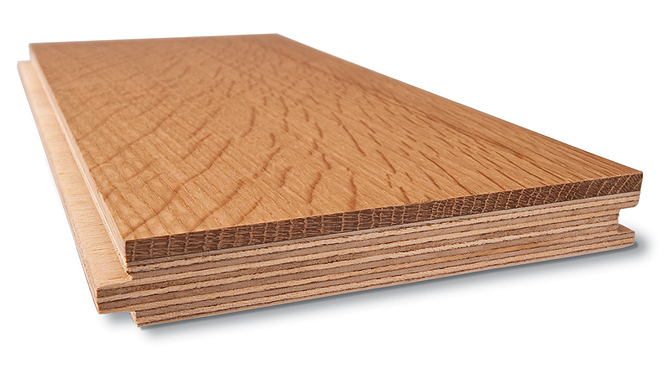
Cure
The process of allowing the finish to reach its full stability by allowing it to dry over a particular period of time, dependent on the type of finish.
Dimensional Stability
Is the ability of a hardwood to maintain its dimensions over its lifespan. Environmental forces can cause hardwood to warp in response to pressures like temperature and humidity. Wood with a high dimensional stability warp less in response to these stressors.
Eased Edge
Another type of edge hardwood can have that is shallower than a beveled edge and slightly rounder.
Edge Gaps
The distance of a few millimeters between the hardwood flooring and the wall. An edge gap allows elasticity to the structure of the floor as it provides space for expanding hardwood when changes in the environment happens.
Gloss Meter
A device used to measure how glossy a floor’s finish is.
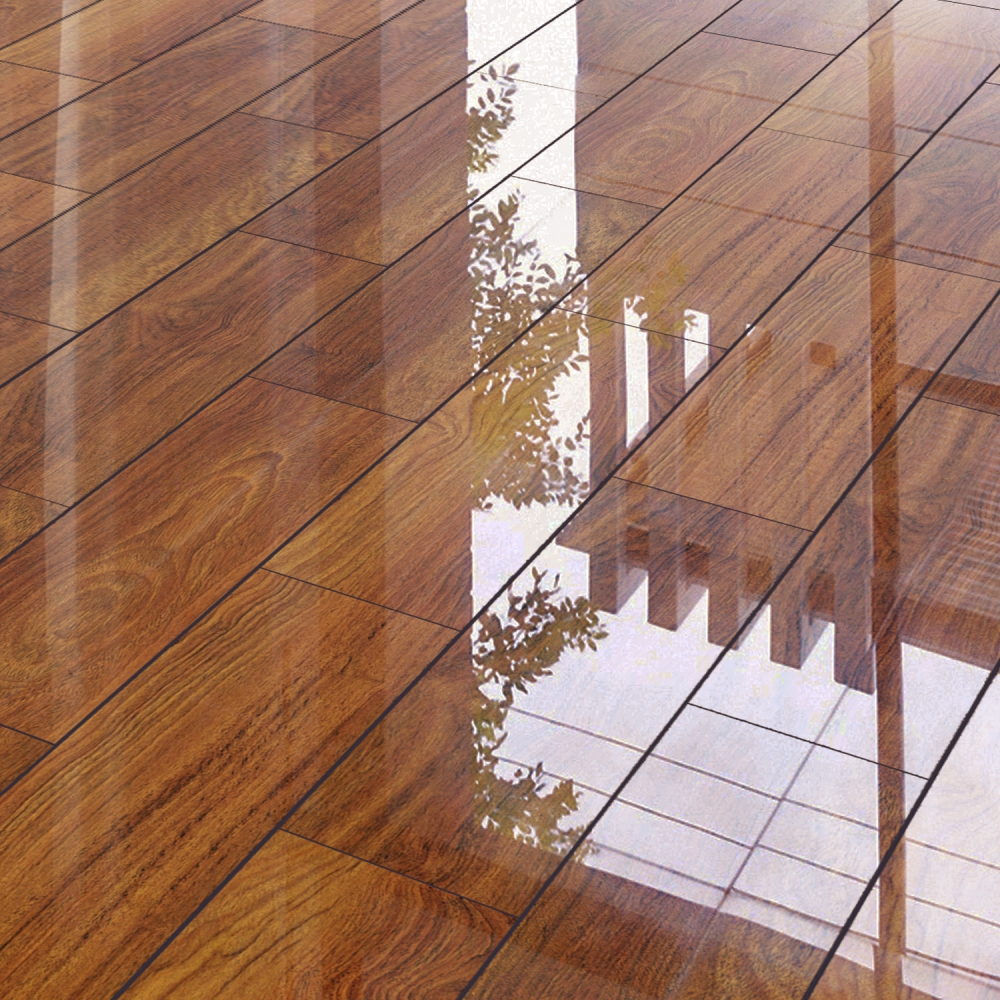
High Gloss Wood Flooring
Grade
Grade is a classification system used to measure the appearance of hardwood, based on a number of factors including the clarity of the wood and number of knots.
High-Density Fiberboard
Also known as HDF, this is a type of board made using compressed wood fibers and adhesive that is part of engineered hardwood. This construction provides more dimensional stability than plywood.
Lacquer
A type of varnish that dries as the solvent within it evaporates.
Moldings
Also called trim or transition pieces, molding is installed along the edge of the floor to give it a finished, elevated look.
Oil-Treated Finish
Wood that has been finished with an oli-based finish.
Parquet Floor
A floor made of pieces installed to create different geometric patterns.

Particleboard
A material made by bonding wood fragments like shavings or chips with resin using a mechanical press.
Refinish
Is the practice of repairing damage to a floor by sanding the area down and applying a new layer of finish to create a better appearance.
Solid Hardwood
A unit or piece made from one solid piece of lumber rather than engineered hardwood made of combined materials.
Unfinished Wood Floor
Flooring that does not come pre-finished by the factory and has to be finished after installation.

If you have questions about your baseboards, or are looking to install new parquet floors, reach out to Philadelphia’s passionate wood floor artisans at (215) 515-7355 and ask for Steve, or fill out our form for a free quote!
Recent Hardwood Flooring Projects in Philadelphia & NJ
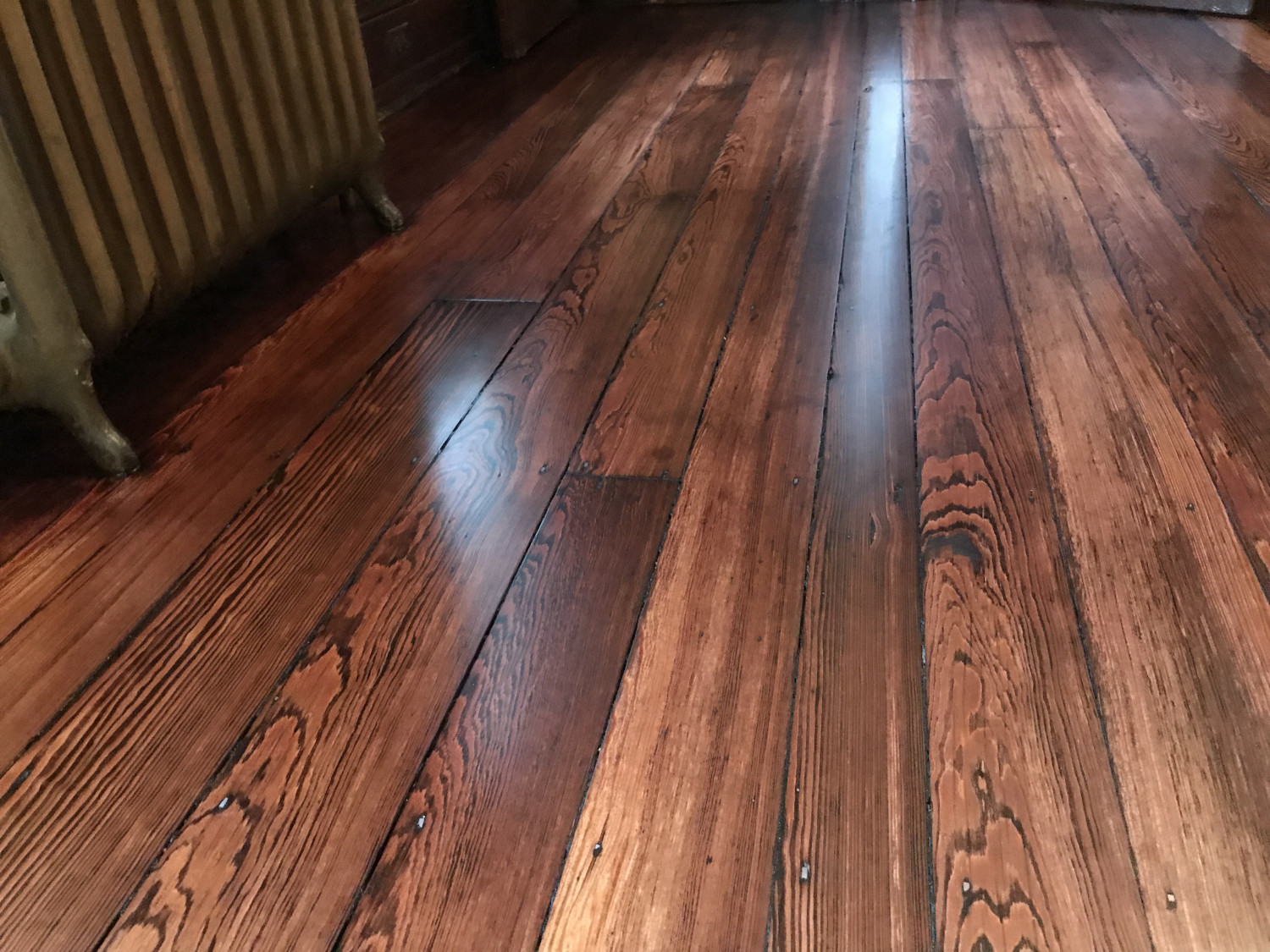
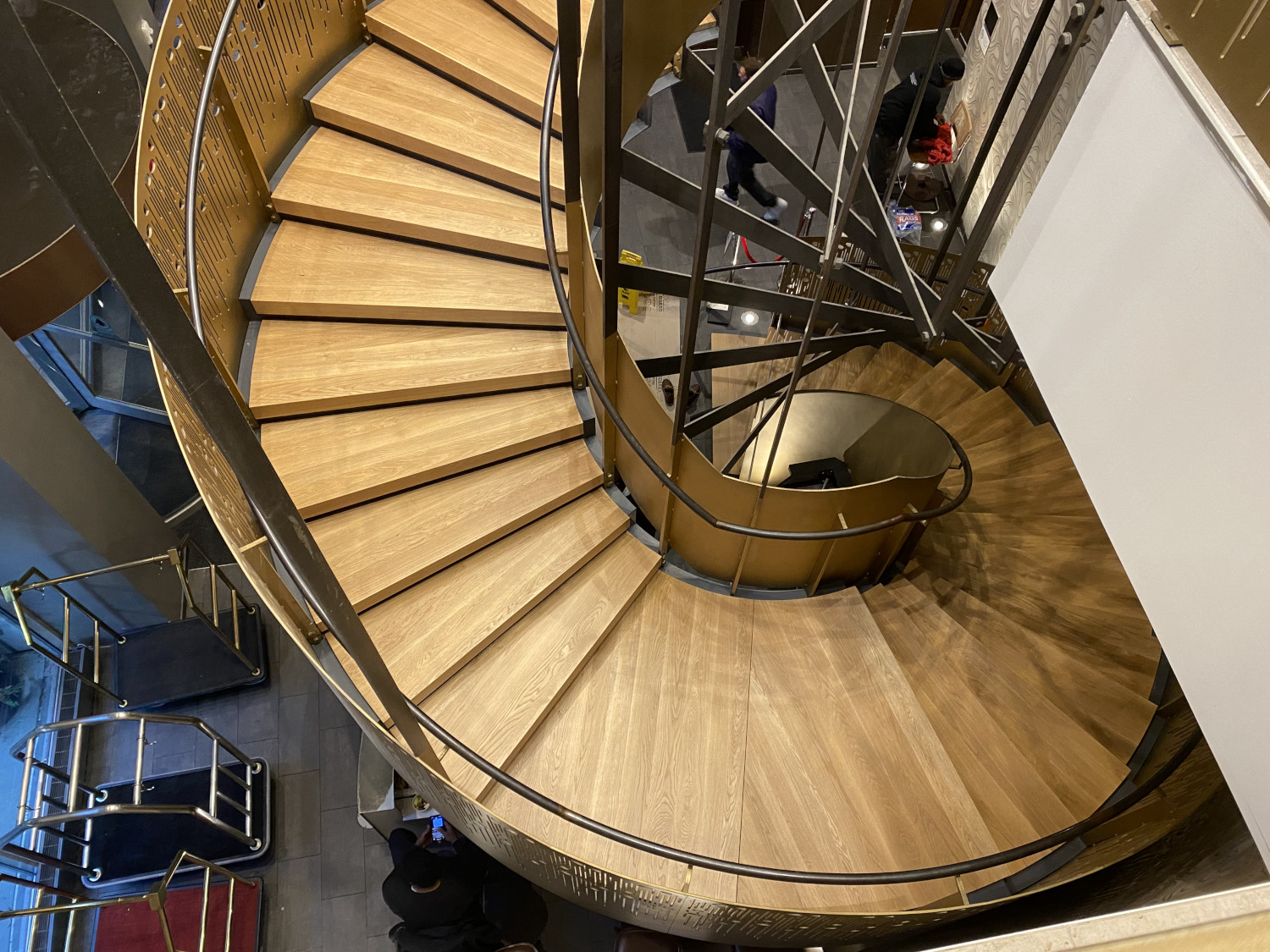


0 Comments